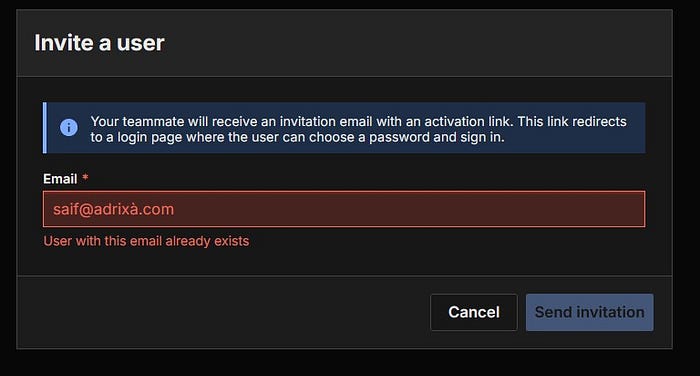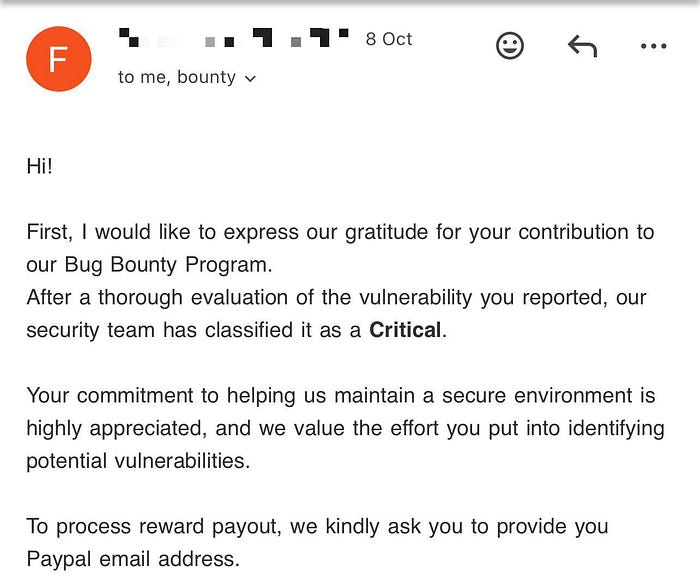Hi, I'm Saif Eldin. I'm a security researcher and bug bounty hunter who enjoys finding real-world vulnerabilities.
On the First: What's Punycode and How It Can Break Authentication?
Before explaining the attack, let's understand how the Internet actually reads domain names and emails.
The Internet's DNS system only understands basic English characters, what's called ASCII (lettersa-z, numbers, and a few symbols).
But today, people all over the world use Unicode, a much bigger set of characters that includes every language and accent (like à, ö, é, or even Arabic and Chinese).
So what happens if you try to register a domain that contains one of these special letters? That's where IDNs (Internationalized Domain Names) come in. An IDN is simply a domain that includes Unicode characters, such as:
tàrget.com
café.com
mỳsite.comHowever, since DNS can't read Unicode directly, the browser converts it into a special ASCII-compatible format called Punycode, a version that starts with xn--.
For example:
tàrget.com → xn--trget-rqa.com
café.com → xn--caf-dma.com
Now here's the problem: many Unicode characters look identical to normal ASCII ones.
For example, a and à look almost the same to the human eye, but technically, they're different characters.
Why did This Attack happen?
The attack happens when the website or its database accidentally treats two different email strings as the same value, for example, when MySQL (or some app logic) performs a cast. In that case, the system sees the regular ASCII email and the Punycode version as identical, and that mix-up is exactly what the attacker takes advantage of.
Example:
saif@target.comsaif@tàrget.com
If you register with saif@target.com and later try to register saif@tàrget.com, and the site replies "User with this email already exists." That's a strong indicator that the app or database is casting those addresses to the same value. When that happens, a password-reset or invite request using the attacker-controlled Punycode address can end up affecting the real saif@target.com account, which is exactly how a 0-click takeover can occur.
Now, let's dive into the attack
Steps To Reproduce:
1- Register a normal ASCII email account, for example, saif@adrixa.com and confirm it.
2- I tried to invite the Punycode emailsaif@adrixà.com To my Org, the App says "User with this email already exists"

3- Go to https://target.com/reset-password and submit saif@adrixà.com in the reset form.
4- The system sends a reset link to saif@adrixà.com (attacker receives it). Click the link, set a new password.
6- Log in using the original ASCII email saif@adrixa.com And the new password — you now control the account.
I reported the issue responsibly to the security team with PoC steps, screenshots. They confirmed the bug, classified it as Critical


Follow Me
